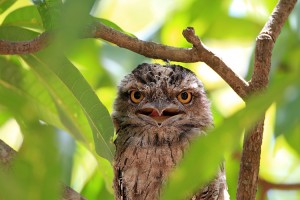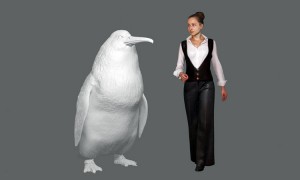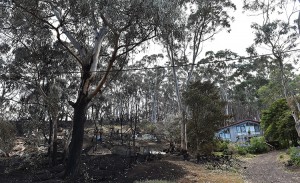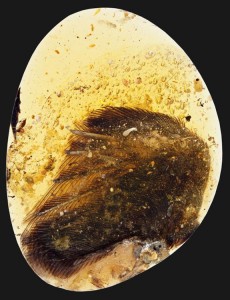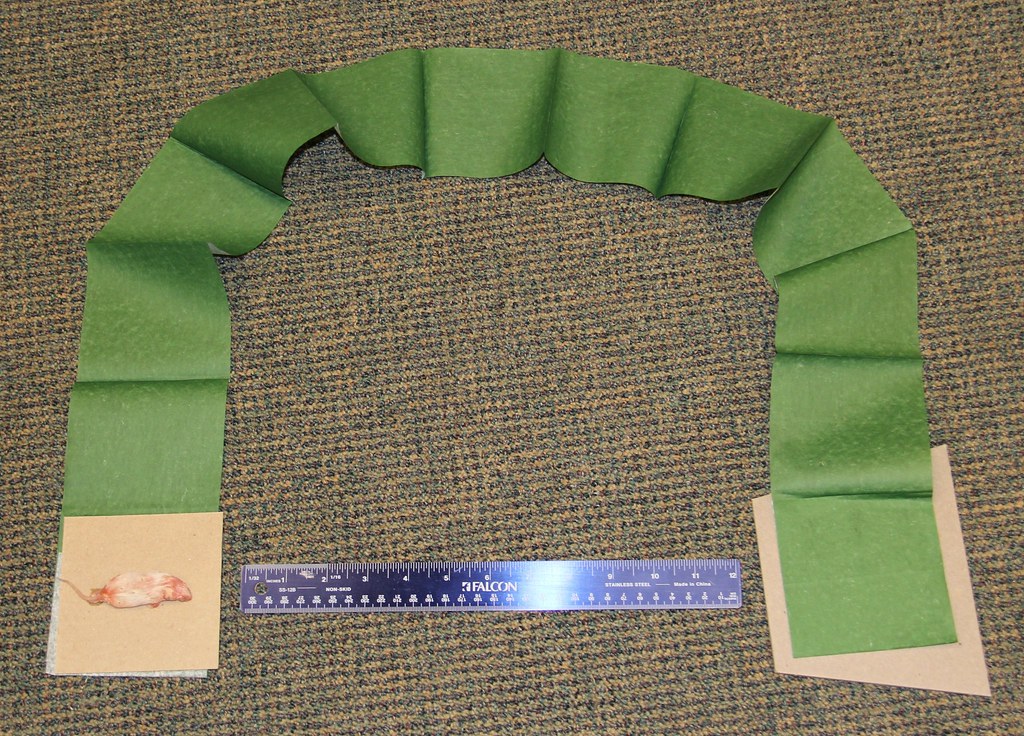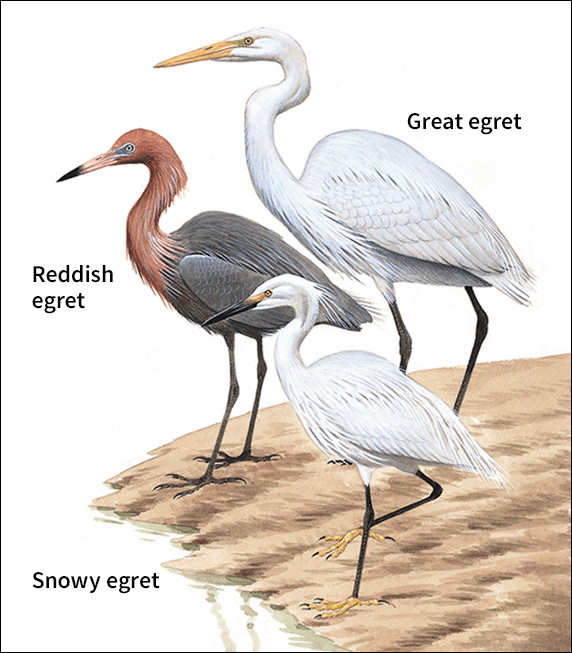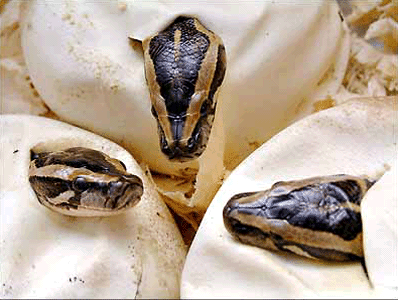Spotlight on Australia: Tawny Frogmouth
Thursday, August 19th, 2021Australia is famous for its unique culture, metropolitan cities, and unusual wildlife, among other things. Each week, this seasonal feature will spotlight one of Australia’s many wonders.
The tawny frogmouth is not actually a frog. It’s actually a bird of Australia known for its wide, froglike mouth and heavy, triangular bill. The tawny frogmouth has a stout body. With round, striking, yellow eyes, it is sometimes mistaken for an owl. It is actually a member of the nightjar family. The tawny frogmouth is found throughout Australia, including Tasmania. It prefers open woodlands but lives almost anywhere there are trees, including urban and suburban parks and gardens.
The tawny frogmouth measures 13 1/2 to 21 inches (34 to 53 centimeters) in length, with males larger than females. The bird has silver-gray feathers streaked and mottled with black and reddish brown. Its bill is dark, and its eyes are yellow. During the day, the tawny frogmouth perches on low tree branches and blends into the bark. If one is startled out of sleep, it straightens its body to resemble a branch. This is called stumping.
The tawny frogmouth is nocturnal (active at night). During the daytime, it perches on low branches, relying on its coloration for camouflage. At night, it hunts insects and other small invertebrates (animals without backbones), snatching up its prey in its big mouth. The bird is also known to eat small mammals and reptiles, frogs, and other birds. Such animals as carpet pythons and foxes eat tawny frogmouths.
Tawny frogmouths mate for life. They breed from August to December, often following seasonal rains. The female lays 2 to 3 eggs in a nest of loose sticks. The eggs take about 30 days to hatch. Both the male and the female incubate the eggs and feed the young. The young are ready to leave the nest after about a month. Tawny frogmouths can live up to 14 years in the wild.

